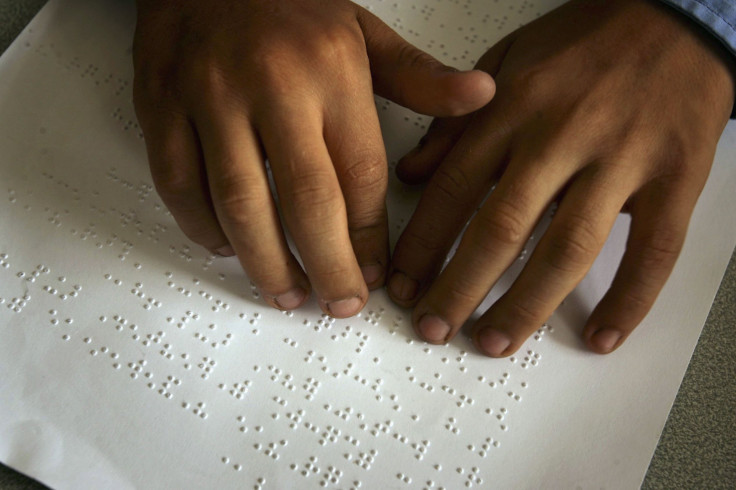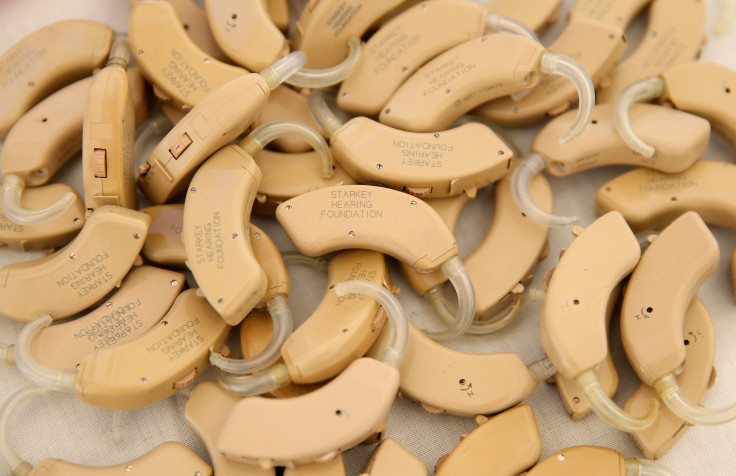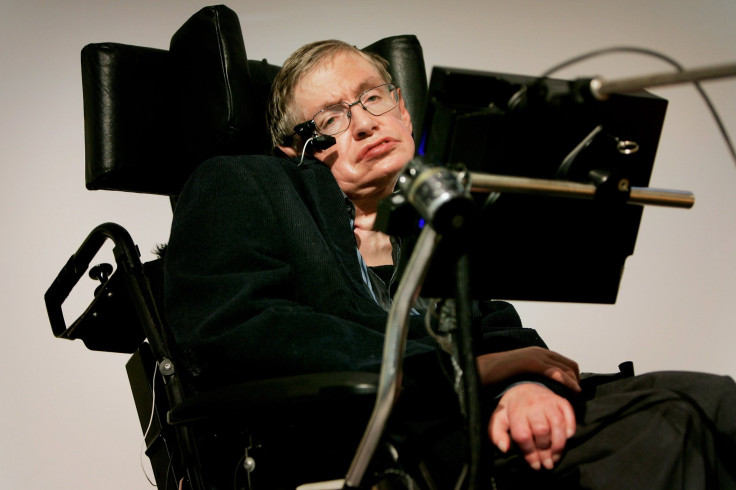How Disabled Students Benefit From Assistive Technology In Classrooms

Technology has modernized the system of education for students with various disabilities, making it easier for them to keep up with academic curriculums and even compete with their peers in classrooms.
According to Open Colleges, most of the common disabilities can be categorized into any of the following classification — Physical (students using wheelchairs, prosthetic limbs, or dealing with diseases such as muscular dystrophy, Lou Gehrig’s disease, multiple sclerosis, etc), Sensory (students lacking in normal visual, hearing or speaking abilities), Cognitive (students with weaknesses when it comes to memory, self-expression, information processing, and other learning disabilities), Psychiatric (students may suffer from an array of challenges, ranging from social phobias, bipolar and/or other personality disorders), Health-related (students who have chronic illnesses like cancer, diabetes or epilepsy)

Students who suffer from any form of disability might find it difficult to attend classes regularly, keep up with everything that is being taught and compete at the same level with children who are not plagued by the same impairments that they have. These students often need some extra assistance when it comes to performing academically. One of the best forms of assistance in today’s times is the gift of technology.
Assistive Technology or AT was not only recognized as a necessity in classrooms across the U.S. but written into law when former President Bill Clinton passed the Assistive Technology Act in 1998.
AT is "any item, piece of equipment, or product system, whether acquired commercially off the shelf, modified, or customized, that is used to increase, maintain, or improve functional capabilities of individuals with disabilities," the law states. “AT service is directly assisting an individual with a disability in the selection, acquisition, or use of an assistive technology device.”

There are a number of institutions and programs that are working towards making the academic experience as smooth as possible for students who do not enjoy the same advantages as a child with normal physical abilities.
For example, University of North Carolina’s Center for Literacy and Disability Studies has developed "alternative pencils" for students with disabilities. These technologically advanced pencils are supposed to help children with deaf-blindness “point” to letters with their eyes through the inclusion of alphabet eye gaze frames on onscreen keyboards that are controlled by switches, and electronic flipcharts, reported Learn NC — a program of the University of North Carolina at Chapel Hill School of Education.
VoiceThread is a free software program that lets physically impaired students collaborate on projects by capturing their voices and photos. It is the latest substitute to written exams, that lets the students gain knowledge of various topics through interaction.
An iPad/iPod Touch app that is growing fast in popularity is Sounding Board, that lets a student turn their device into a storyboard communicator. The technology is specially designed to assist students with writing disabilities and communication disorders by using symbols to create their own messages. Although it works in the same way any message board works, there is a far more number of symbols involved and the process is a lot smoother.

Some of the other technologies that have been a boon for disabled students are abbreviation expanders, audio books and publications, electronic math worksheets, freeform database software, graphic organizers and outlining, information/data managers, optical character recognition, personal FM listening systems, speech synthesizers/screen readers, talking calculators, talking spell checkers and electronic dictionaries, variable-speed tape recorders and word-prediction programs, Reading Rockets reported.
And gone are the days when the devices that were meant to help disabled children took up considerable space on their desks or benches, making them wary of the disabilities that they had to live with and, as a result, lead their normal peers to treat them differently. Tracy Gray, director of PowerUp What Works, the National Center for Technology Innovation and the Center for Implementing Technology in Education — three programs of the American Institutes for Research that work to improve the educational achievement of students with disabilities — explained how modern AT devices are not the same as before.
"The devices available to students with disabilities are no longer these big clunky things on a desk in a separate space away from the classroom," Gray said, Ed Tech reported. "Students now have access to assistive capabilities on technologies that are smaller, more mobile, more integrated and inexpensive. They're mainstream too, so that makes them cool. All students want to use them."

One of the path-breaking examples of technology preventing a brilliant mind from going to waste is perhaps the case of theoretical physicist Stephen Hawking. Hawking suffers from amyotrophic lateral sclerosis (ALS) and lacks the ability to move or speak on his own. Despite being severely physically and cognitively impaired, he continues to conduct scientific research, delivers speeches to inspire young minds as well as write books through a computer software that translates whatever he types on a keyboard (which he controls through a click of his finger or slight movement of his cheek) into a synthesized voice.
Assistive technology can also help disabled students in their social development, something that these children tend to struggle with. In most cases, these students find it hard to connect with their normal peers, making it difficult for them to make friends and hence face isolation and sometimes depression. These students end up lacking the self-determination, self-advocacy, college and employment preparation, and independent living skills to make a smooth transition into adulthood, according to Disabilities, Opportunities, Internetworking, and Technology.
Computer-mediated communication (CMC) in which people communicate using computers and networks, across great distances and different time zones, is ideal for disabled students to engage in constructive interactions with individuals they feel comfortable with, without the undue pressure of in-person contact. This type of communication is also ideal because it is not regulated by social distinctions like gender, age, disability, race, and physical appearance.
© Copyright IBTimes 2024. All rights reserved.





















